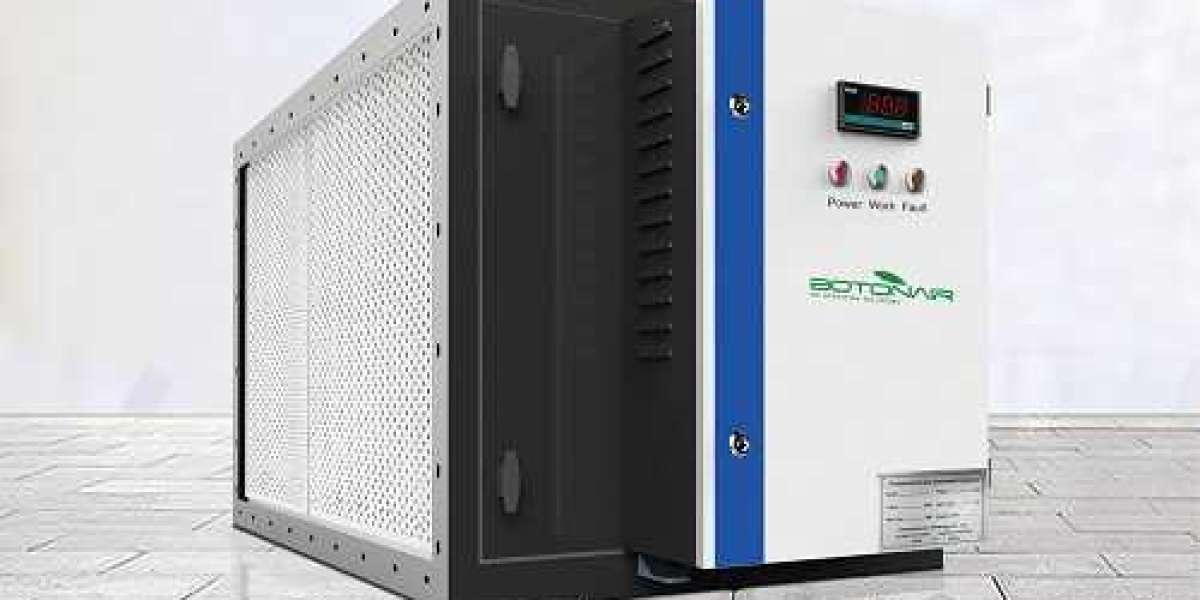Cooking is an essential activity in every household, but it often leads to poor indoor air quality due to the emission of smoke, steam, and airborne particles. These contaminants can cause respiratory problems, allergies, and even cancer if not controlled. One solution to this problem is the use of a kitchen electrostatic precipitator, which can effectively remove airborne particles and improve indoor air quality.
An electrostatic precipitator (ESP) is an air-cleaning device that uses electrostatic forces to remove particulate matter from the air. In a kitchen electrostatic precipitator, the air containing cooking fumes is drawn into the device through a fan. As the air passes through the device, it passes through a series of plates that are electrically charged. The charged plates attract the charged particles, causing them to stick to the plates and be removed from the air.
Kitchen electrostatic precipitators are more effective than traditional air filters in removing fine particles and smoke from the air. These fine particles can be as small as 0.1 microns, which is smaller than the human eye can see. Traditional air filters may be ineffective in removing these particles, but electrostatic precipitators can remove up to 99% of them.
Another advantage of kitchen electrostatic precipitators is that they can be easily installed and require little maintenance. Unlike traditional air filters, which need to be replaced regularly, electrostatic precipitators only need to be cleaned periodically. The plates can be washed in the dishwasher or by hand with soap and water, making maintenance a breeze.
In addition to improving indoor air quality, kitchen electrostatic precipitators can also help reduce energy costs. By removing smoke and airborne particles, the device can improve the efficiency of heating and cooling systems, which can lead to lower energy bills.
One potential drawback of kitchen electrostatic precipitators is that they produce a small amount of ozone, which can be harmful to human health in high concentrations. However, most models available on the market have ozone levels that are well below the safety standards set by regulatory bodies.
In conclusion, a kitchen electrostatic precipitator is an effective and efficient solution for improving indoor air quality in homes. With their ability to remove fine particles and smoke from the air, these devices can help reduce the risk of respiratory problems, allergies, and other health issues caused by poor air quality. With their ease of installation and low maintenance requirements, they are a practical and cost-effective investment for any household.








